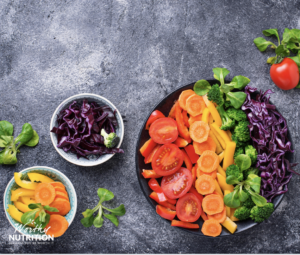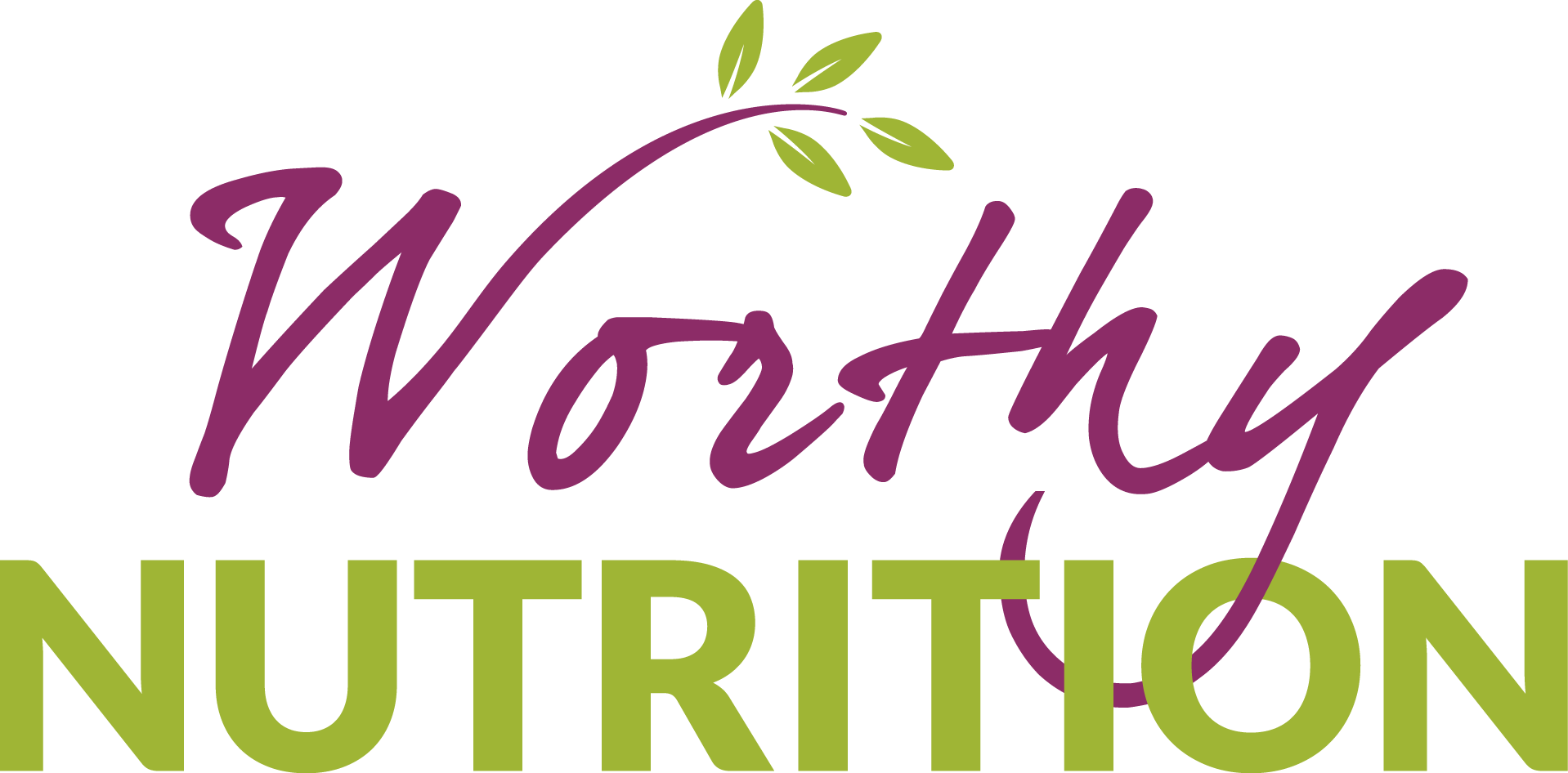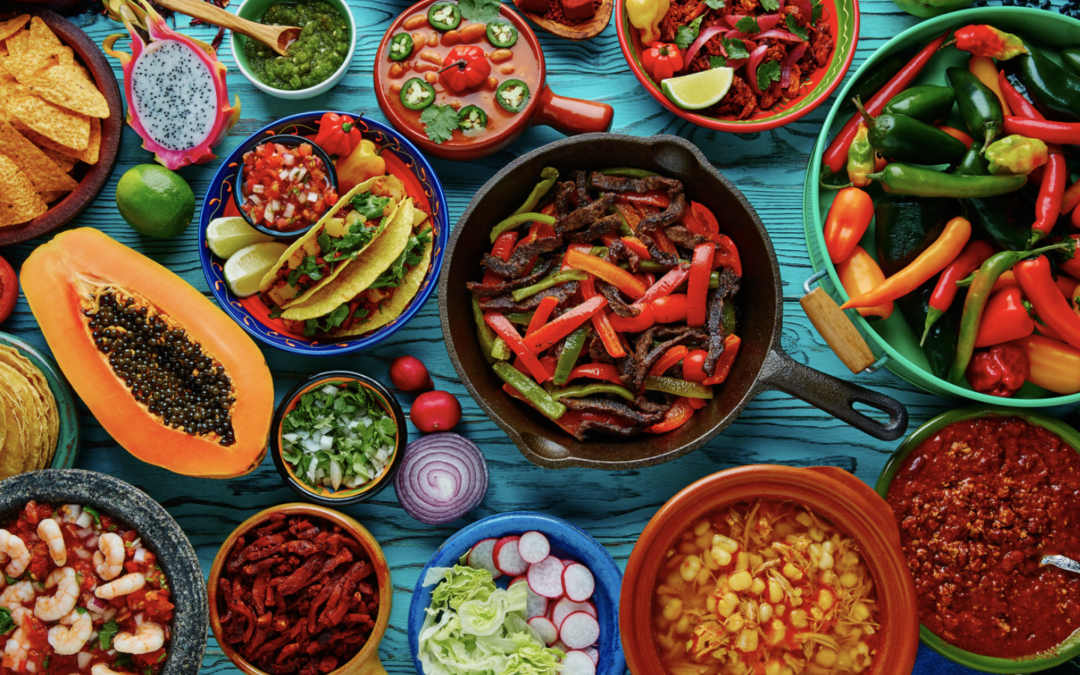Have you ever noticed how the colors of food can impact your appetite and food choices? It turns out that the hues on your plate play a significant role in your eating experience. From the vibrant red of ripe strawberries to the calming green of leafy vegetables, food colors can influence not only your visual appeal but also your taste preferences and even your perception of nutrition.
Let’s explore the fascinating world of how food colors can shape your culinary journey.
Visual Appetite Appeal
The saying “we eat with our eyes” holds more truth than you might think. Food presentation is an art, and color plays a central role. Vibrant and appealing colors on a plate can stimulate your appetite and make the dining experience more enjoyable. Imagine a salad bursting with shades of green, red, and orange – it’s visually enticing and can make you eager to dig in.
Psychological Associations
Food colors often trigger psychological associations. The color red can usually be associated with ripeness and sweetness. This association might make red fruits like cherries or apples seem particularly appealing. On the other hand, cool colors like blue and purple may be associated with freshness and healthfulness, making blueberries and eggplants seem like nutritious choices.
Cultural Influences
Food colors can also be culturally significant. In some cultures, certain colors are linked to specific celebrations or rituals. For instance, red is considered lucky in many Asian cultures and is prominently featured in festive dishes. These cultural associations can influence food choices and preferences.
Nutritional Perception
Interestingly, food colors can influence our perception of taste and nutrition. Brightly colored foods may be perceived as more flavorful and nutrient-dense. For example, the deep orange of sweet potatoes might lead you to believe they are rich in vitamins and antioxidants – which they are!
Balancing Your Plate
While the visual appeal of colorful foods can be enticing, it’s important to remember that a balanced diet includes a variety of colors. Each color group typically represents different sets of nutrients. Red and orange foods often contain vitamin A and antioxidants, while leafy greens are rich in folate and iron. To ensure you’re getting a wide range of nutrients, aim to have a rainbow of colors on your plate.
The influence of food colors on your appetite and food choices is a fascinating aspect of the culinary world. By embracing a diverse range of colorful foods, you not only make your meals visually appealing but also ensure you’re getting a wide array of nutrients for a balanced and nutritious diet.
So, the next time you sit down to a meal, take a moment to appreciate the beautiful tapestry of colors on your plate – it’s not just visually pleasing; it’s a nutritional journey.
[RECIPE]: CHOPPED RAINBOW SALAD
Serves: 2
Ingredients (use organic where possible): 
- 4 cups mixed greens
- 1 large cucumber, chopped
- 1/2 cup carrots
- 1/2 cup shredded purple cabbage
- 1/2 cup broccoli
- 1/2 cup tomatoes
- 1/2 cup bell pepper
- 1/4 cup sunflower seeds
Directions:
-
- Add mixed greens to a large salad bowl.
- Top with all the ingredients.
- Serve with your favorite dressing.






